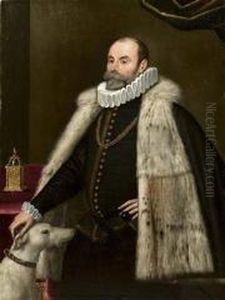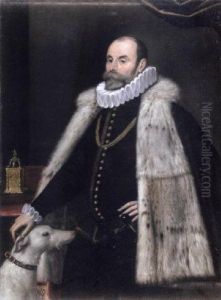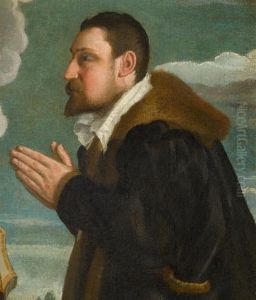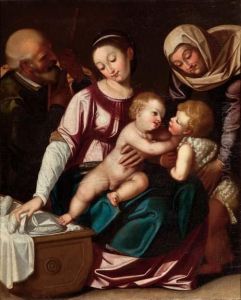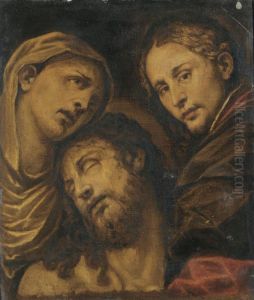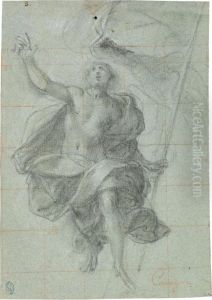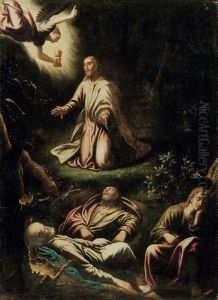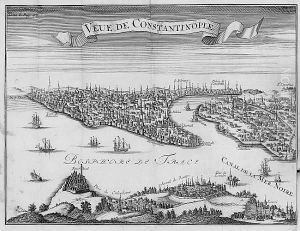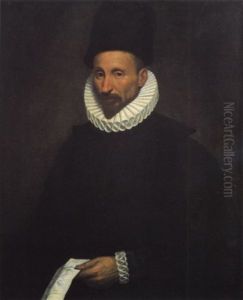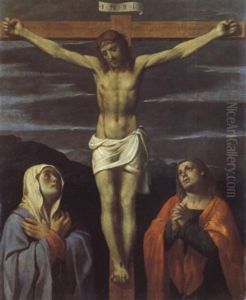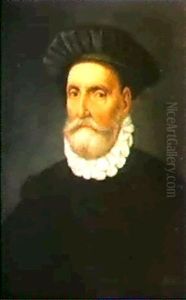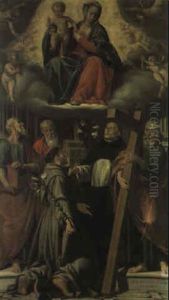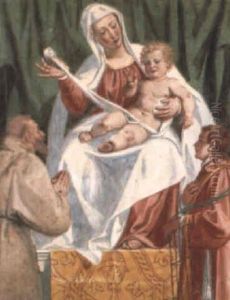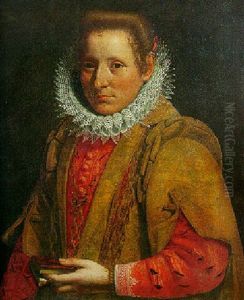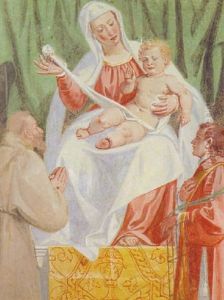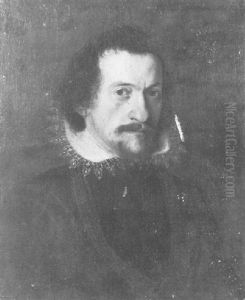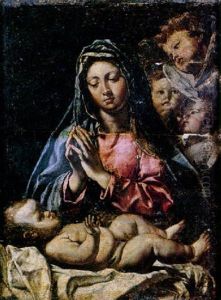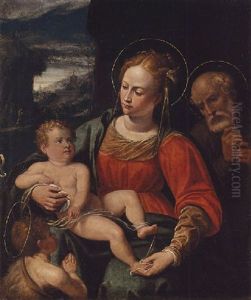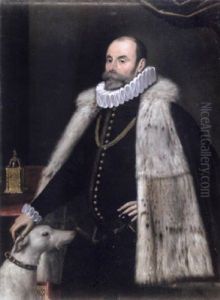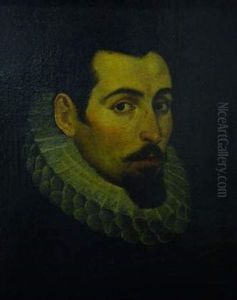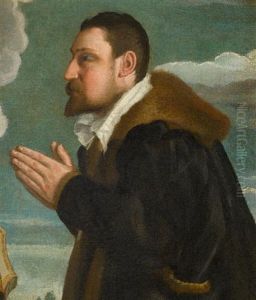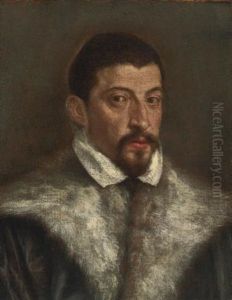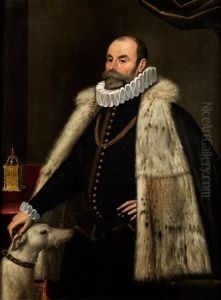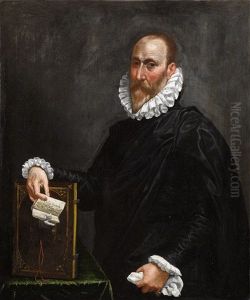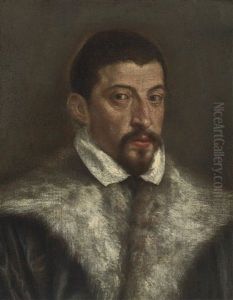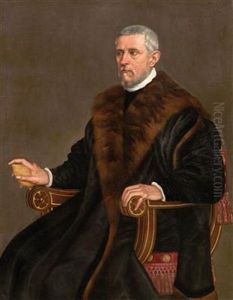Giovanni Paolo Cavagna Paintings
Giovanni Paolo Cavagna was an Italian painter of the late Renaissance period, active mainly in Bergamo and its surrounding territories in northern Italy. Born in 1556, he became one of the most prominent artists of the Bergamese school, contributing significantly to its development during a period rich in cultural and artistic evolution. Cavagna's work is characterized by a meticulous attention to detail, vibrant use of color, and a dynamic composition style that bridges the Mannerist and early Baroque periods.
Cavagna was trained in the vibrant artistic environment of Bergamo, where he was deeply influenced by the Venetian painting tradition, notably the works of Titian and Tintoretto, as well as the Lombard style of painting. This unique blend of influences is evident in his paintings, which often feature religious themes, portraits, and historical scenes rendered with a profound sense of realism and emotional depth. Among his notable works are several frescoes and altarpieces in the churches and public buildings of Bergamo and its vicinity, which still attract admiration for their artistic merit and historical significance.
Throughout his career, Cavagna developed a distinctive style that made a lasting impact on the Bergamese school of painting. His ability to depict the human figure with such lifelike precision and emotional intensity was particularly admired by his contemporaries and has been studied by art historians as a significant contribution to the evolution of Italian art. Despite facing competition from other talented artists of his time, Cavagna's works were highly sought after, and he received numerous commissions from religious institutions, as well as from private patrons.
Giovanni Paolo Cavagna's legacy extends beyond his contributions to the Bergamese school; he played a pivotal role in the transition from the Renaissance to the Baroque style in northern Italy. His innovative approach to composition, light, and color influenced a generation of artists and established a new standard for realism and expressiveness in painting. Cavagna passed away in 1627, leaving behind a body of work that continues to be celebrated for its artistic excellence and historical value. His paintings are preserved in various museums and collections, serving as a testament to his skill and creativity as an artist.
